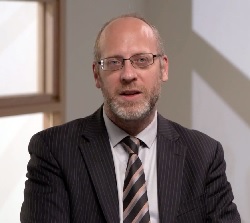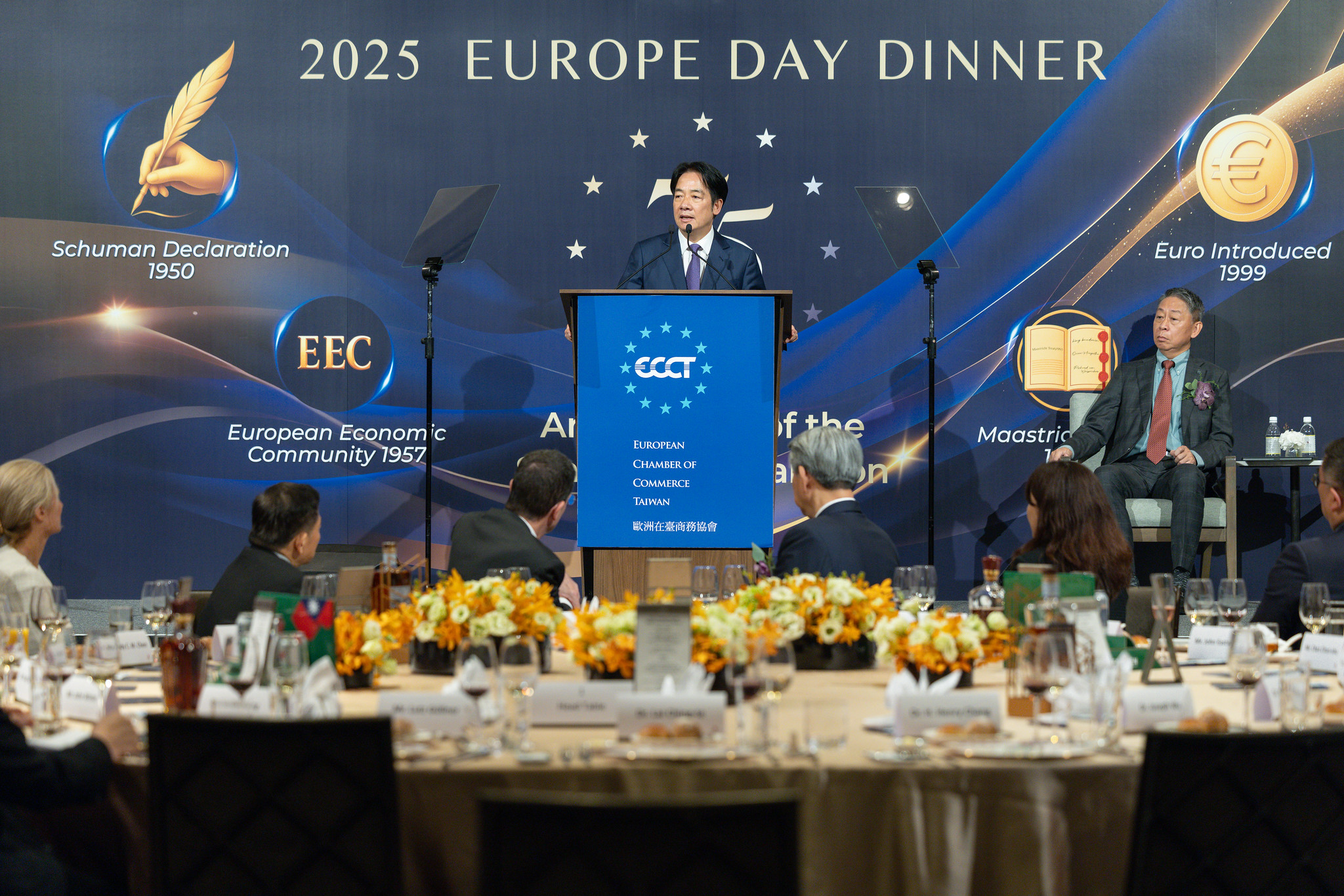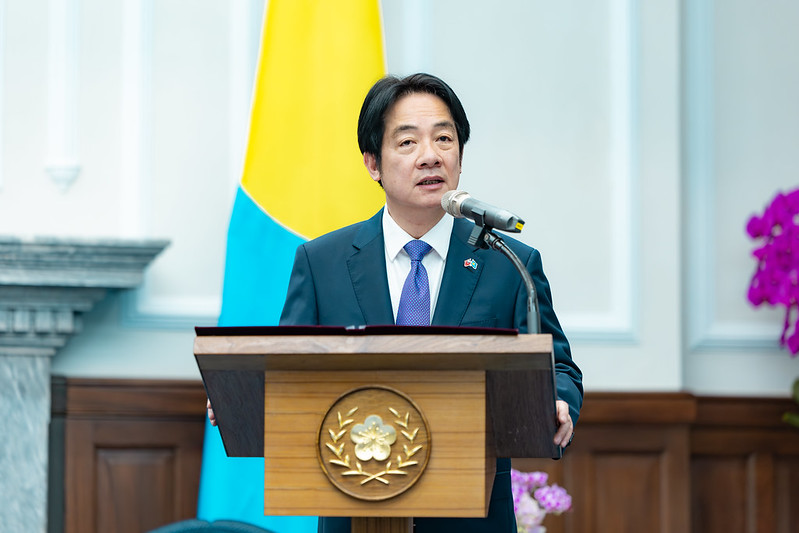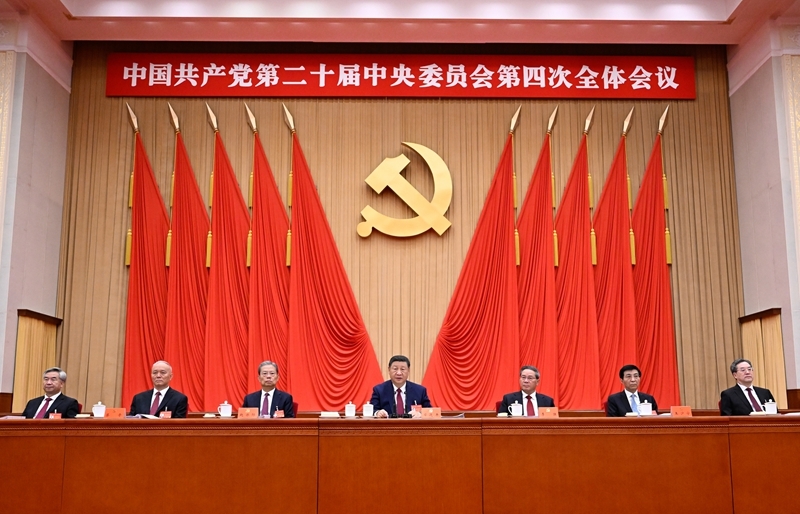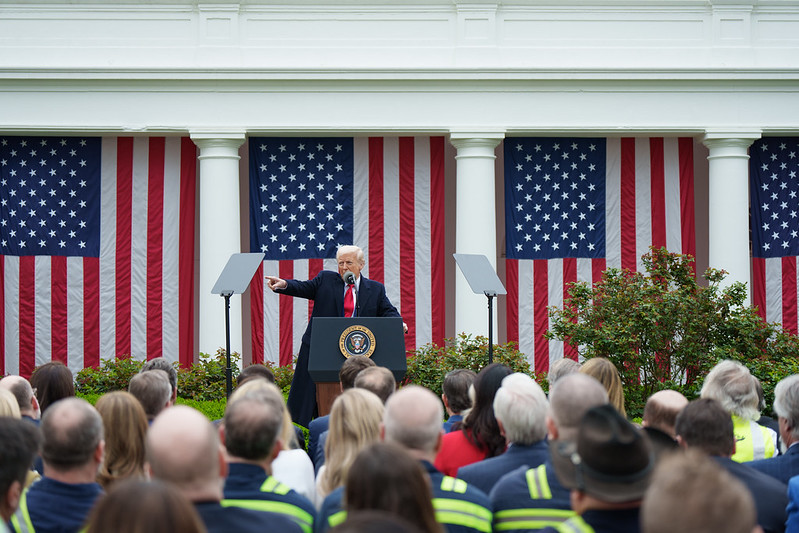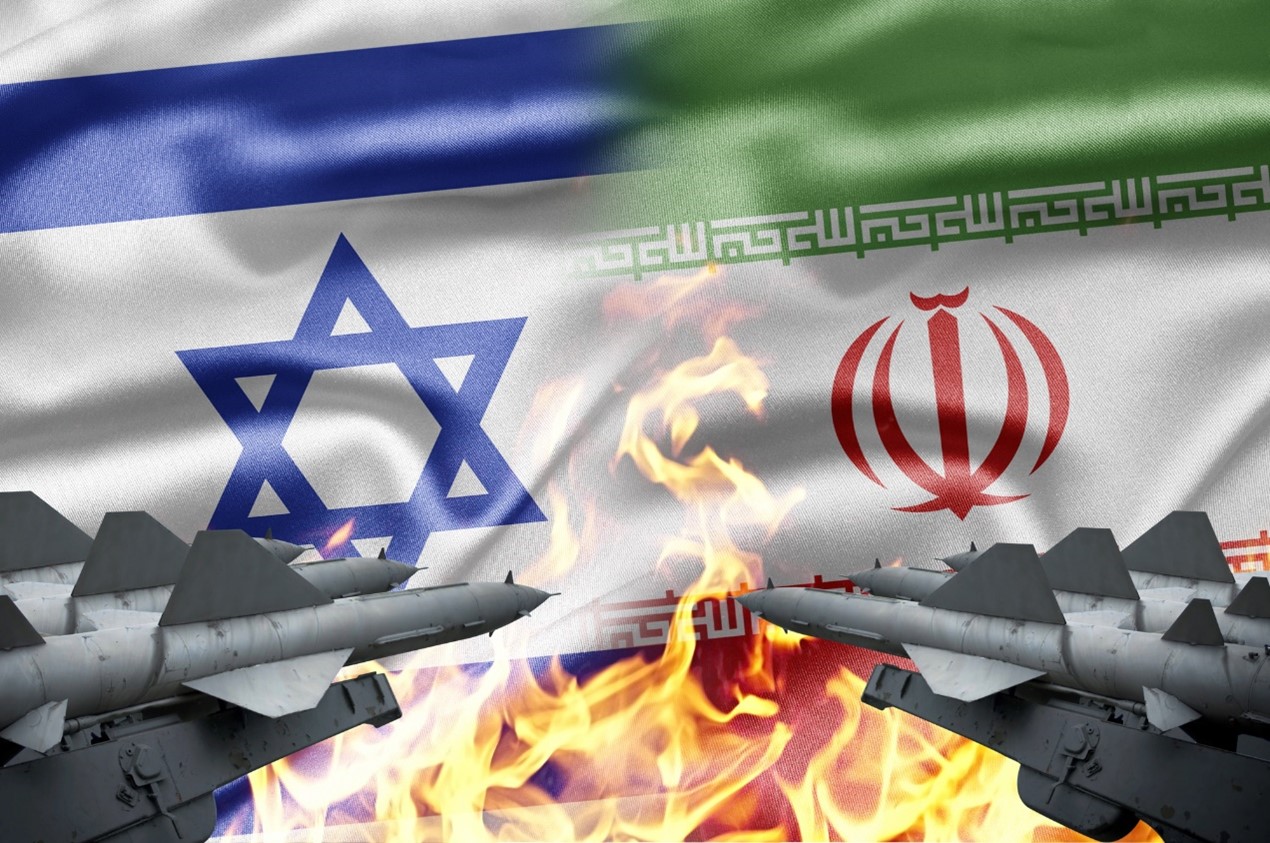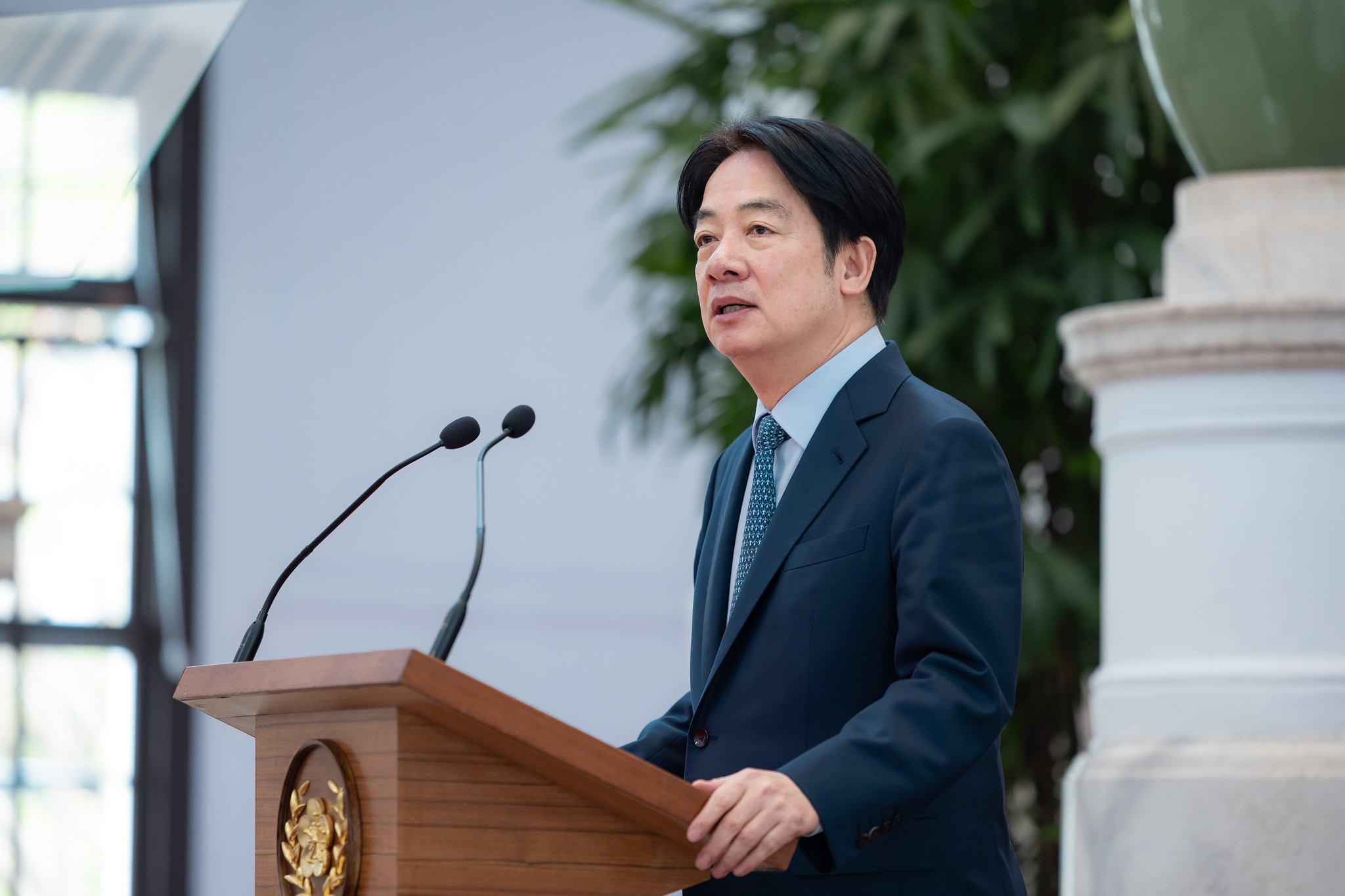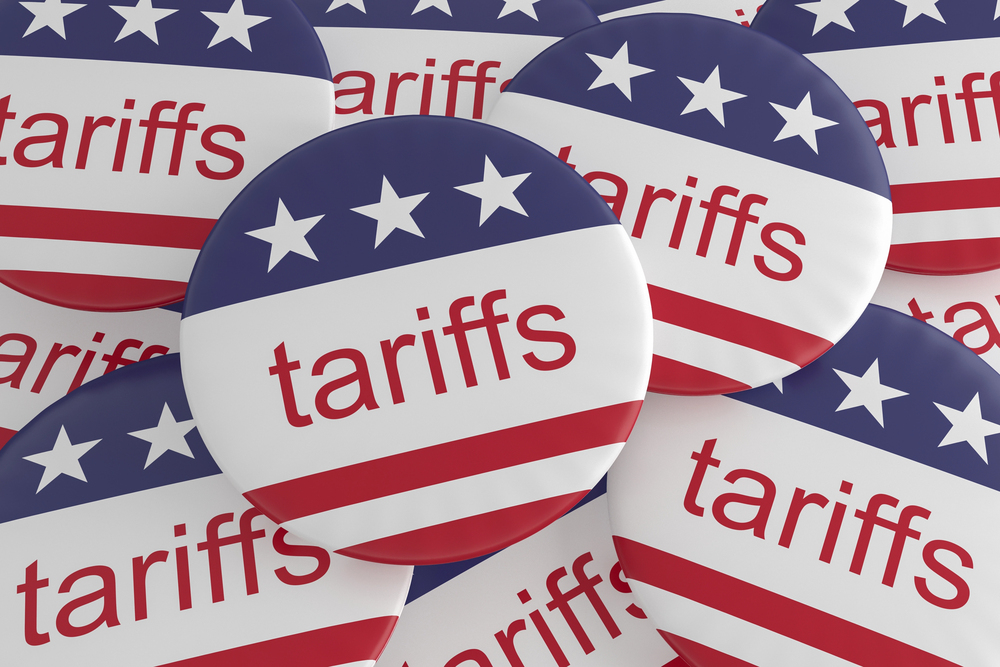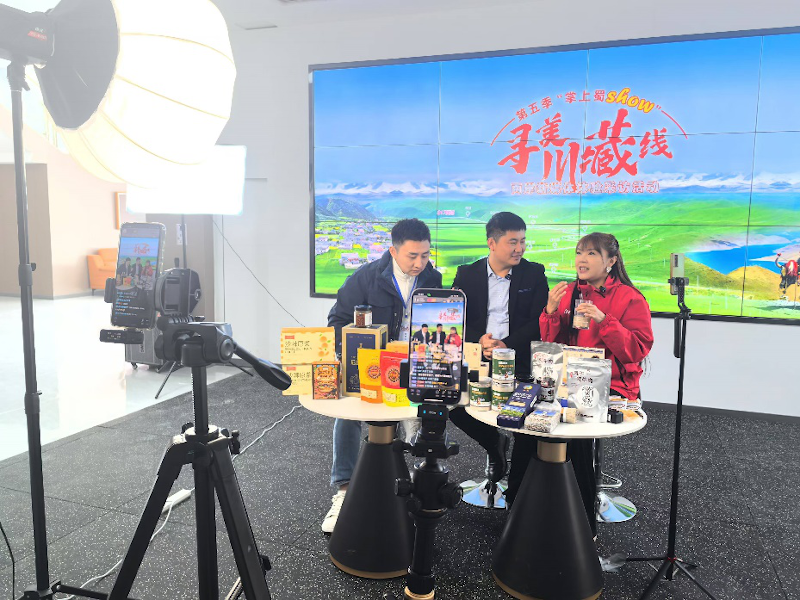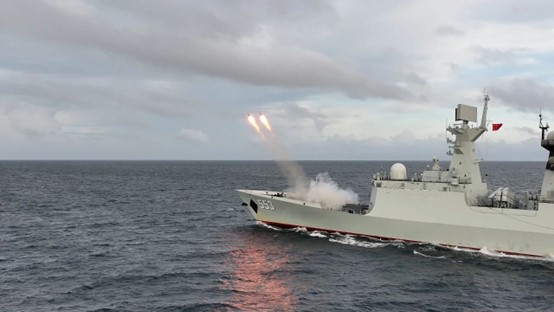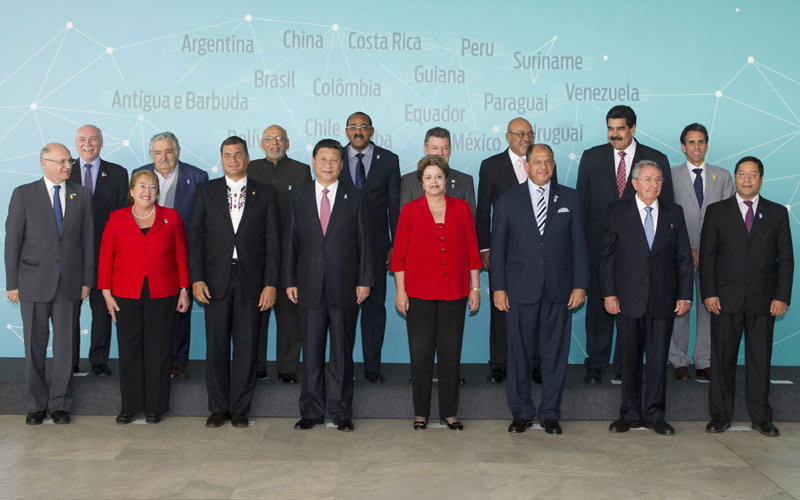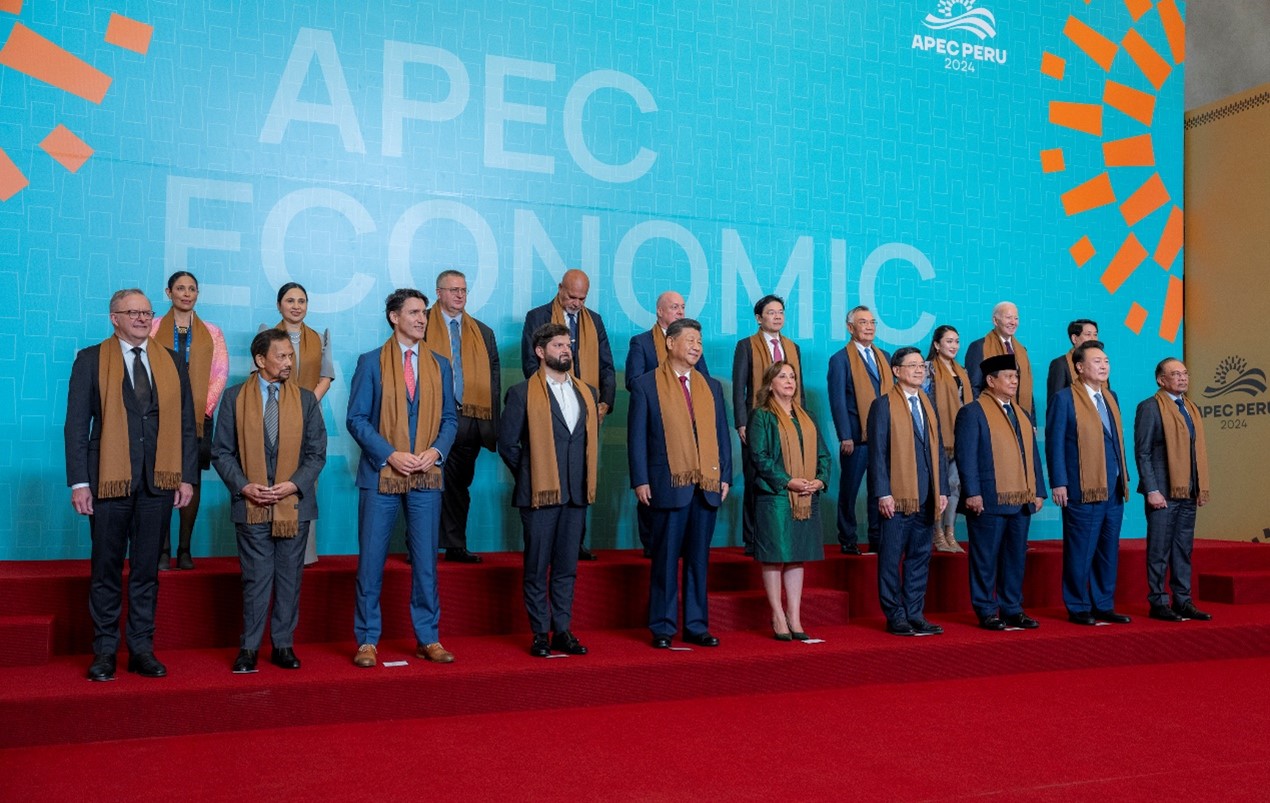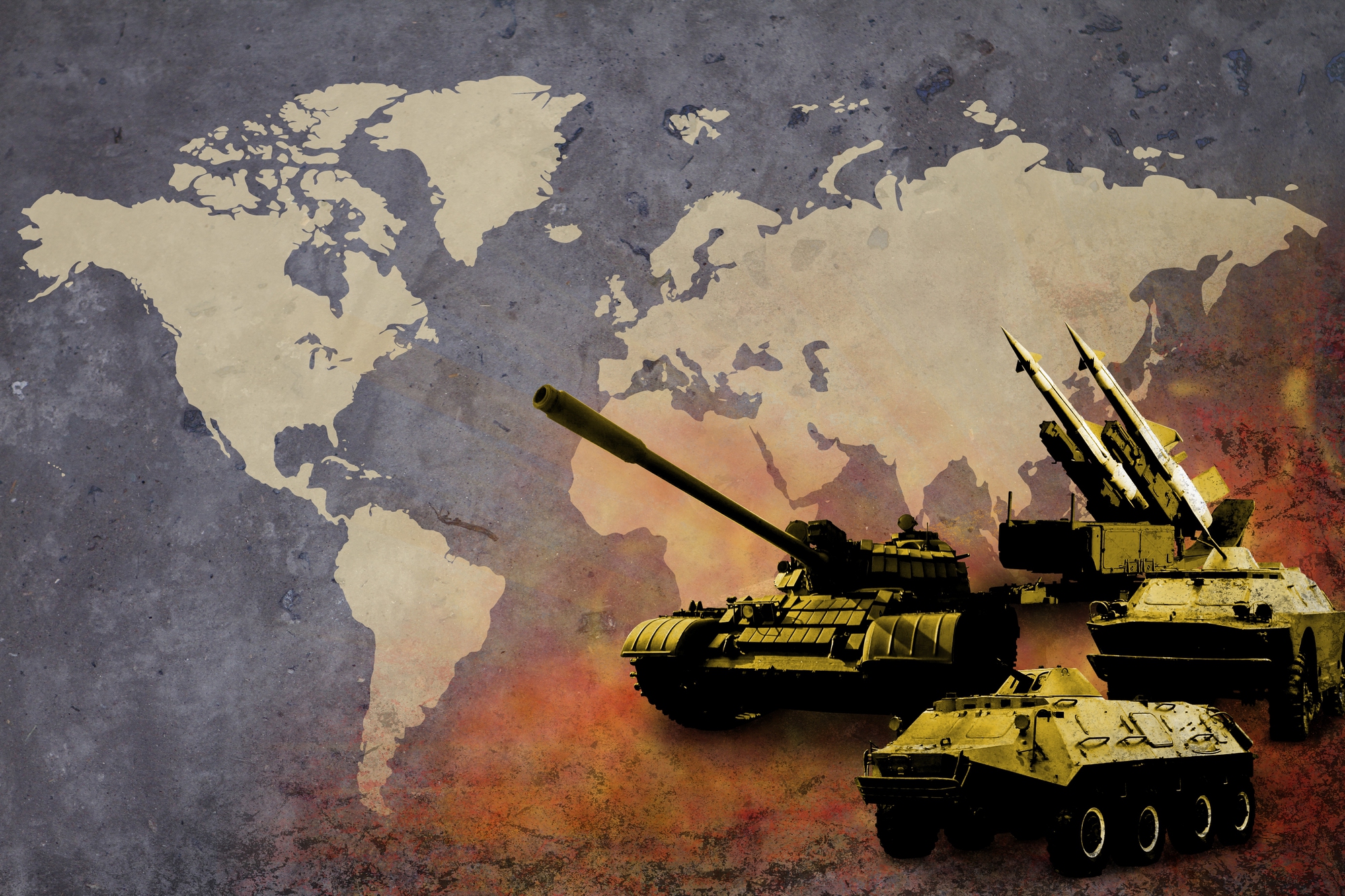Myth, Reality, and the Lai Administration’s Efforts to Safeguard Taiwan’s Security
Lai administration has done to date is merely to take the necessary steps to defend the nation against external aggression in the face of an escalating threat. What Taiwan does to contribute to that effort, and to the maintenance of the “status quo,” should not be delegitimized as provocative or as a sign that Taiwan is engaging in something that it is not. Picture source: Taiwan Presidential Office, May 29, 2025, Flickr, https://www.flickr.com/photos/presidentialoffice/54553932830/.
Prospects & Perspectives No. 32
Myth, Reality, and the Lai Administration’s Efforts to Safeguard Taiwan’s Security
By J. Michael Cole
Foreign narratives about Taiwan are cyclical affairs, often gaining momentum as a result of publications in influential journals and public statements by senior officials. Such narratives, furthermore, can be guided and reinforced by Beijing or its allies, wittingly or not, within foreign governments and the academic community. While the narrative about Taiwan during the eight years of the Tsai Ing-wen administration (2016-2024) were for the most part positive and supportive of Taiwan, coinciding with a reassessment of China’s destabilizing behavior under Xi Jinping (the demise of the old belief in China’s “peaceful rise”), that narrative began to shift after President William Lai assumed office on May 20, 2024.
The Lai handicap
Almost immediately, and in fact well before he had assumed office, several voices within the international community began to sound the alarm about Lai moving Taiwan closer to de jure independence. Since then, comparisons between Lai and former president Chen Shui-bian (2000-2008) in journal articles have become frequent, oftentimes suggestion that, just like Chen, Lai’s rhetoric is “provocative” and “destabilizing” and that therefore foreign leaders should “rein in” the Taiwanese president lest his words spark an unwanted war in the Taiwan Strait. Two recent articles in Foreign Policy and Foreign Affairs have made that claim. In both articles, the authors posit that an emboldened Lai has adopted rhetoric on Taiwan’s status that threatens stability in the Taiwan Strait, adding that such rhetorical adventurism has been encouraged by signaling by both the Biden and Trump administrations. Tellingly, however, what this irresponsible language actually is remains unstated, and we must therefore take it as an act of faith that Lai has somehow adopted language that takes us closer to the precipice, that would “compel” Beijing to choose war.
In reality, what President Lai has said has on the whole hewed closely to the language used by his predecessor, and on the occasions where his rhetoric war indeed harder than Tsai’s, such as in the announcement earlier this year of his government’s 17 measures to counter nefarious foreign influence, he did so from recognition that the external threat to Taiwan and to its society has increased. Moreover, Lai did not tiptoe around the nature and author of that threat, which is obvious to all: the People’s Republic of China (PRC), or, to be more precise, the Chinese Communist Party (CCP). The problem for Lai is that he faces a reputational handicap, one that has been encouraged by his detractors within the opposition in Taiwan, by Beijing, and by its allies within the international community.
Myths and reality
So a myth has developed and is now being spread in reputable publications whereby President Lai is acting recklessly and needs to be restrained by parent figures. A closer and more balanced assessment of what the Lai administration has done to date will reveal that rather than being reckless, Taipei has continued to strike a balance between restraint, reassurance, and national security. In the areas of national security where his government has become more proactive, the rhetoric and actions were clearly in response to a changing security environment. Nothing that his administration has done to date supports the argument, advanced by the authors of the two articles mentioned above and others elsewhere, that Lai is moving Taiwan closer to a declaration of independence — not the 17 measures, and not the efforts to strengthen military self-sufficiency (no Taiwanese leader would ever conclude that Taiwan has become strong enough militarily that it can risk war with a considerably more powerful China; to argue that this is a possibility with Lai in power is to misread not only Lai’s character but that of Taiwanese society and its institutions). Like his predecessor, President Lai does not believe in the need to declare independence as the Republic of China (ROC) already exists as an independent state. Therefore, any suggestion that the U.S. or other countries should state their opposition to, or that they do not support, Taiwan independence, is superfluous.
The idea, meanwhile, that such governments should also pressure Taipei to embrace “one China” and not close the door on “peaceful reunification” can only be the result of a refusal to acknowledge that it is Beijing, though concrete actions, that has been closing the door on dialogue and changing the “status quo” in the Taiwan Strait. The Lai administration therefore had a choice between capitulating to that pressure, or doing something about it. As a responsible government that needs to ensure the safety of its people and institutions, the right thing to do was to adjust its policies in response to that threat.
A legitimate defense of the ‘status quo’
The 17 measures in particular, admittedly announced with some fanfare, have attracted criticism, especially in the context of Lai rightly identifying the source of that threat. Since well before Lai’s inauguration, Beijing was intensifying its multifaceted threat posture against Taiwan, ramping up coercive military and paramilitary activity in the Taiwan Strait while intensifying its efforts to conduct espionage, develop spy networks in Taiwan, co-opt various segments of Taiwanese society, and exploit the debilitating effects of opposition parties that have behaved like disloyal or semi-loyal opponents. Doing what is necessary to counter this threat to national security does not constitute a move toward independence; rather, it represents an effort to maintain the “status quo” that the Taiwanese public — and foreign governments — expect from any Taiwanese administration. By blaming President Lai for that necessary corrective, foreign officials and academics create a false moral equivalence in the Taiwan Strait and fail to put the blame on the tensions where it clearly belongs. It has become amply clear that, unless Taiwan capitulates, Beijing will continue to shut the door on real dialogue, which it suspended in 2016, and that it will never cease its efforts to weaken, destabilize, and divide Taiwan so that it can accomplish its ultimate goal of unification.
The situation in the Taiwan Strait is indeed dangerously tense, and every effort should be made to ensure that cooler heads prevail. Should a Taiwanese leader indeed engage in activities that recklessly threaten peace and stability, then that leader would deserve reprimand and pressure from the international community. But that simply isn’t the case now, and what the Lai administration has done to date is merely to take the necessary steps to defend the nation against external aggression in the face of an escalating threat. The narratives that portray President Lai as reckless and a source of hostilities in the Taiwan Strait need to be stopped in their track, as their continuance can only result in the isolation of Taiwan and an emboldened China — and that, above all, is what risks taking us closer to the scenarios that various authors have been warning us about. Multifaceted deterrence remains our greatest bet against catastrophe in the Taiwan Strait. What Taiwan does to contribute to that effort, and to the maintenance of the “status quo,” should not be delegitimized as provocative or as a sign that Taiwan is engaging in something that it is not.
(J. Michael Cole is a Taipei-based Senior Fellow with the Global Taiwan Institute in Washington, D.C., and the Macdonald-Laurier Institute in Ottawa, Canada.)

